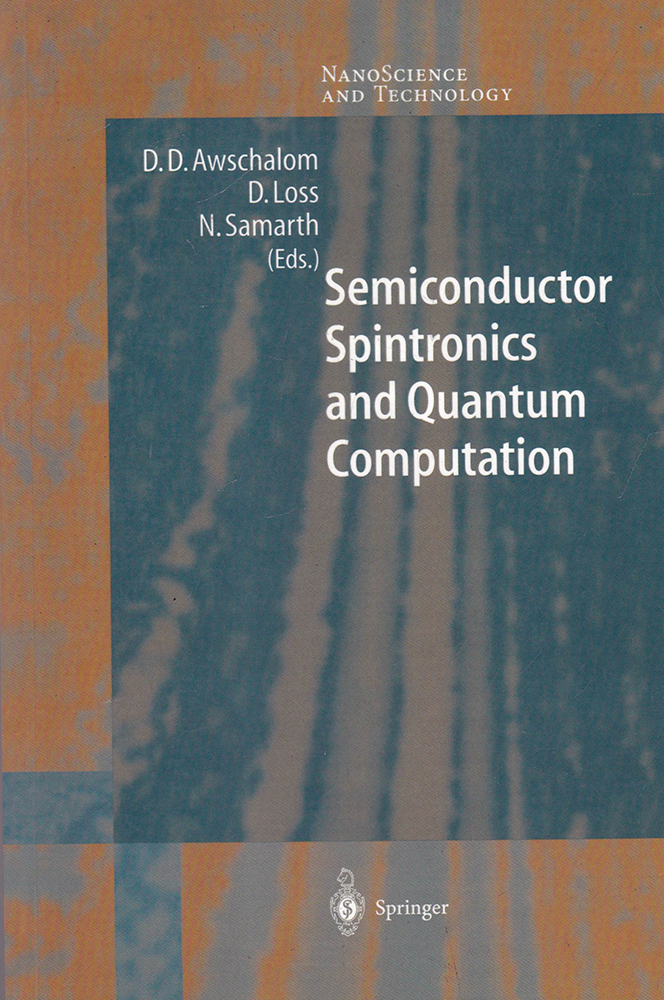The underlying basis for this new electronics is the intimate connection between the charge and spin degrees of freedom of the electron via the Pauli principle. A crucial implication of this relationship is that spin effects can often be accessed through the orbital properties of the electron in the solid state. Examples for this are optical measurements of the spin state based on the Faraday effect and spin-dependent transport measurements such as giant magneto-resistance (GMR). In this manner, information can be encoded in not only the electron’s charge but also in its spin state
save
₹8,034.00Semiconductor Spintronics and Quantum Computation
The past few decades of research and development in solid-state semicon ductor physics and electronics have witnessed a rapid growth in the drive to exploit quantum mechanics in the design and function of semiconductor devices. This has been fueled for instance by the remarkable advances in our ability to fabricate nanostructures such as quantum wells, quantum wires and quantum dots. Despite this contemporary focus on semiconductor “quantum devices,” a principal quantum mechanical aspect of the electron
₹5,990.00₹14,024.00
In stock
| Weight | 1 kg |
|---|---|
| Dimensions | 24 × 16 × 2 cm |
| Book Author | D. Loss, D.D. Awschalom |
| Edition | 1st |
| Format | Paperback |
| ISBN | 9783642075773 |
| Language | English |
| Pages | 311 |
| Publication Year | |
| Publisher |
Customer Reviews
There are no reviews yet.









Be the first to review “Semiconductor Spintronics and Quantum Computation”